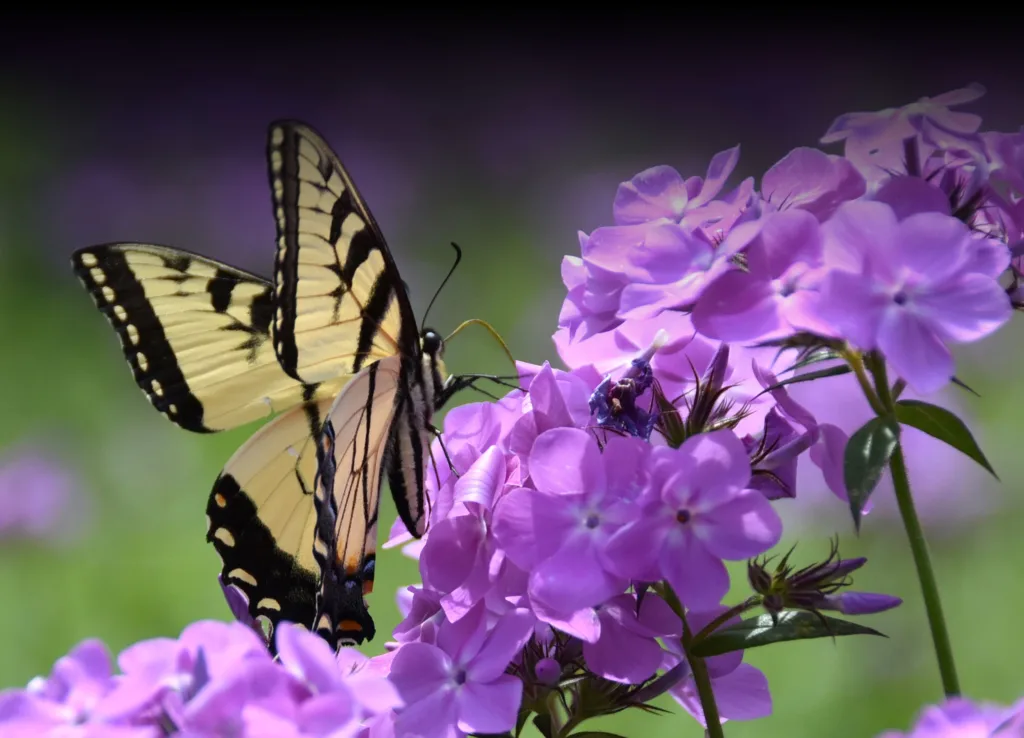
Our Mission
The mission of the Native Plant Society of Texas is to promote conservation, research and utilization of native plants and plant habitats of Texas through education, outreach, and example.
Our Vision
We want all Texans to value native plants, native habitats and healthy ecosystems as essential to the well-being of living things and to our quality of life. Our vision is a future where native habitats are managed as critically beneficial natural assets, and where residential and commercial developments employ sustainable designs that preserve and promote native habitats.
Our more than 30 chapters across Texas further the mission of the Society at the community level, sponsoring educational speakers, field trips, workshops, on such subjects as plant identification, propagation and landscaping, work in demonstration gardens and many other types of projects.
Our People
Texas is one of the most biologically diverse states, with over 5,000 species of native plants. The Native Plant Society of Texas is a 501(c)(3) nonprofit corporation with more than 30 chapters across Texas that work to further its mission to promote research, conservation, and utilization of native plants and plant habitats of Texas. As a community-based environmental conservation organization, NPSOT honors and celebrates the equally remarkable diversity of our communities and our unique ecoregion. By promoting equity, diversity, and inclusion in our work and leadership, we hope to expand our membership to advance the Society’s mission through education, outreach, and example.
Texas es uno de los estados con mayor diversidad biológica, con más de 5000 especies de plantas nativas. La sociedad de plantas nativas de Texas es una corporación sin fines de lucro 501(c)(3) con más de 30 capítulos en todo Texas que trabajan para avanzar su misión de promover la investigación, conservación y utilización de plantas nativas y las hábitats de plantas de Texas. Como organización comunitaria de conservación del medio ambiente, NPSOT honra y celebra la diversidad igualmente notable de nuestras comunidades y nuestra ecorregión única. Al promover la equidad, la diversidad y la inclusión en nuestro trabajo y en liderazgo, esperamos expandir nuestra membresía para avanzar la misión la sociedad a través de la educación, la divulgación y el ejemplo.
About the Society
The Native Plant Society of Texas is a 501(c)(3) non-profit organization, funded by membership dues, individual and corporate contributions, and foundation grants and run by volunteers.
The Society was founded in 1981 in Denton, following organizational efforts begun by Carroll Abbott and others. The late Ann Miller Gonzalez, wrote about the founding of the Society.
To learn more about Carroll Abbott and the early native plant movement in Texas, see Mr. Texas Bluebonnet – the Carroll Abbott Story.
